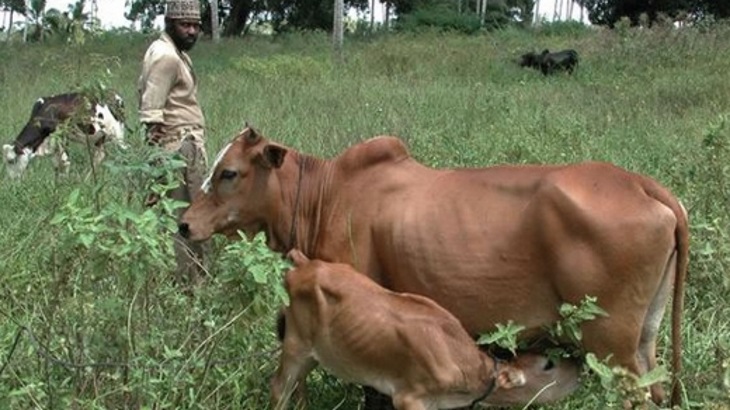Fighting the tsetse fly using irradiation involves rearing and then releasing in the environment sterile male flies to mate with wild females producing no offspring, reducing the population over time. But sorting thousands of male flies from females every week, which is done by hand, is "a tedious process", the IAEA said. A new technique and machine - developed by the IAEA in cooperation with the Food and Agriculture Organization of the United Nations (FAO) - with an infrared, high-speed camera is helping to speed up the sorting.
Technicians at the FAO/IAEA Insect Pest Control Laboratory in Seibersdorf, Austria, sort up to 7700 tsetse per week for use in sterile insect technique (SIT) projects. With this new technology streamlining the sorting process, more tsetse can be sorted leading to improved disease control. Moreover, the ability to sort tsetse earlier, at their pupae state, allows for healthier sterile male tsetse to be sent to field programmes in sub-Saharan Africa as pupae are less fragile than adults.
When the tsetse is a pupa - the stage before the fly becomes an adult - males and females look alike, so tsetse flies had to be separated as adults. Through this new sorting technique, male and female tsetse flies can be distinguished earlier, meaning that the flies can be transported in the pupal stage. This allows for the safer and more streamlined transport of tsetse to FAO/IAEA field programmes using the SIT.





_18570.jpg)
_16159.jpg)
_49205.jpg)
_18938.jpg)





